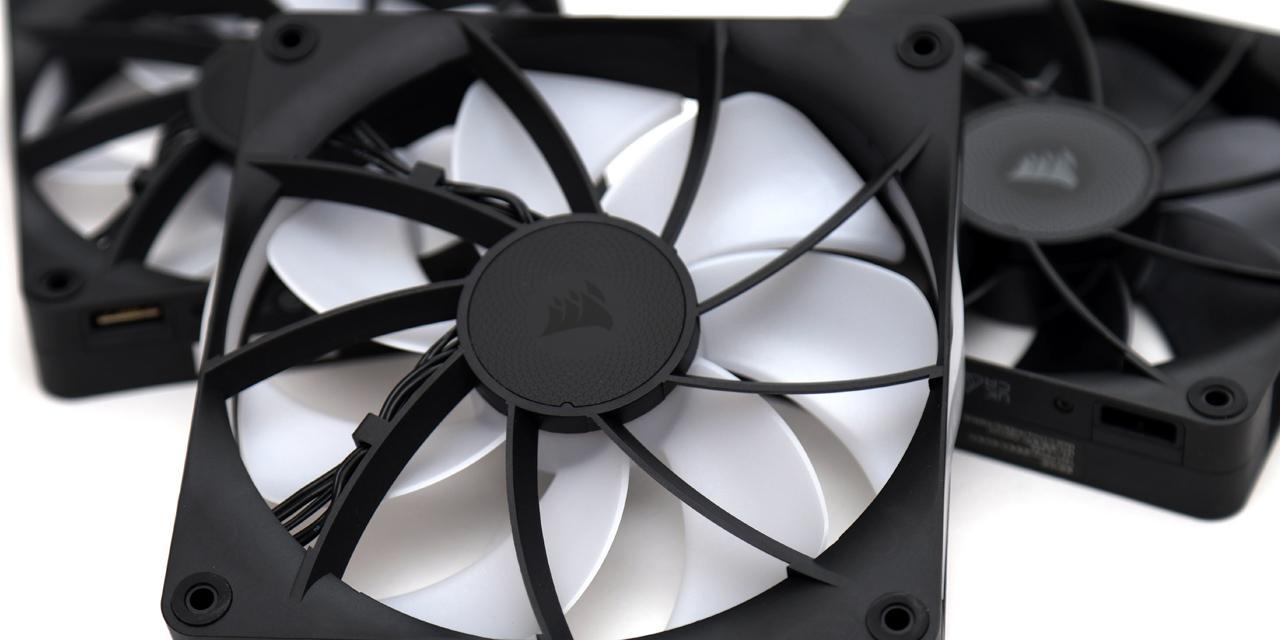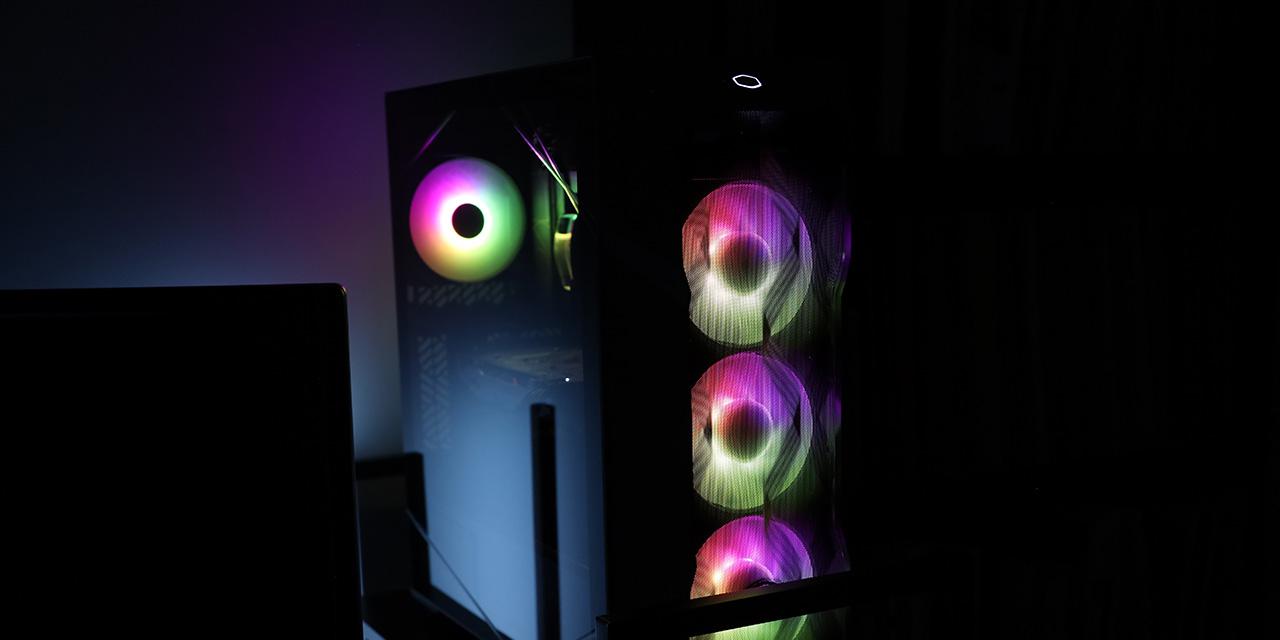|
From X-bit Labs: Advanced Micro Devices will introduce improved version of its low-cost Fusion platform for personal computers this quarter, the company said late on Thursday. The firm expects availability of the first systems powered by the code-named Brazos 2.0 platform this quarter and mass availability of similar PCs during the back-to-school (BTS) season. "The introduction of Brazos 2.0 this quarter builds on the momentum. Thanks to many new features and improved performance and extended battery life, we have made it easy for customers to take advantage of these advancements by simplifying platform transitions and reducing their time to market. Trinity and Brazos 2.0 systems will be available globally this quarter and we expect broad availability for the key back-to-school period," said Rory Read, chief executive officer of Advanced Micro Devices, during quarterly conference call with financial analysts. AMD has shipped over 30 million of Brazos chipsets - consisting of an accelerated processing unit and an I/O controller - so far and expects Brazos 2.0 to add new design wins. AMD claims there are record number of design wins with Brazos 2.0 and Trinity Fusion chips. Unfortunately, as the name implies, Brazos 2.0 is not something brand new, hence, it will not become a breakthrough for anyone: AMD, OEMs, end-users. The Brazos 2.0 platform is based on accelerated processing unit with up to two Bobcat-class x86 cores, next-generation Radeon HD 7000 graphics adapter and a single-channel DDR3 memory controller. The new A68 Fusion controller hub (FCH) input/output controller (Hudson D3L) will bring support for USB 3.0 as well as Serial ATA-600 to AMD's ULV platform. The Brazos 2.0 APU is supposed to be pin-to-pin compatible with FT1 infrastructure, but since A68 FCH utilizes 656-pin BGA package (instead of 605-pin that previous-generation A45 uses), manufacturers will have to slightly redesign their existing products for Brazos 2.0. On the one hand, AMD will relatively easily upgrade available entry-level Fusion-based machines, but on the other hand Deccan platform would enable thinner and sleeker designs and would improve competitive positions of AMD. View: Article @ Source Site |
 |
AMD on Track to Release Brazos 2.0 Low-Cost Platform This Quarter
© Since 2005 APH Networks Inc. All trademarks mentioned are the property of their respective owners.





